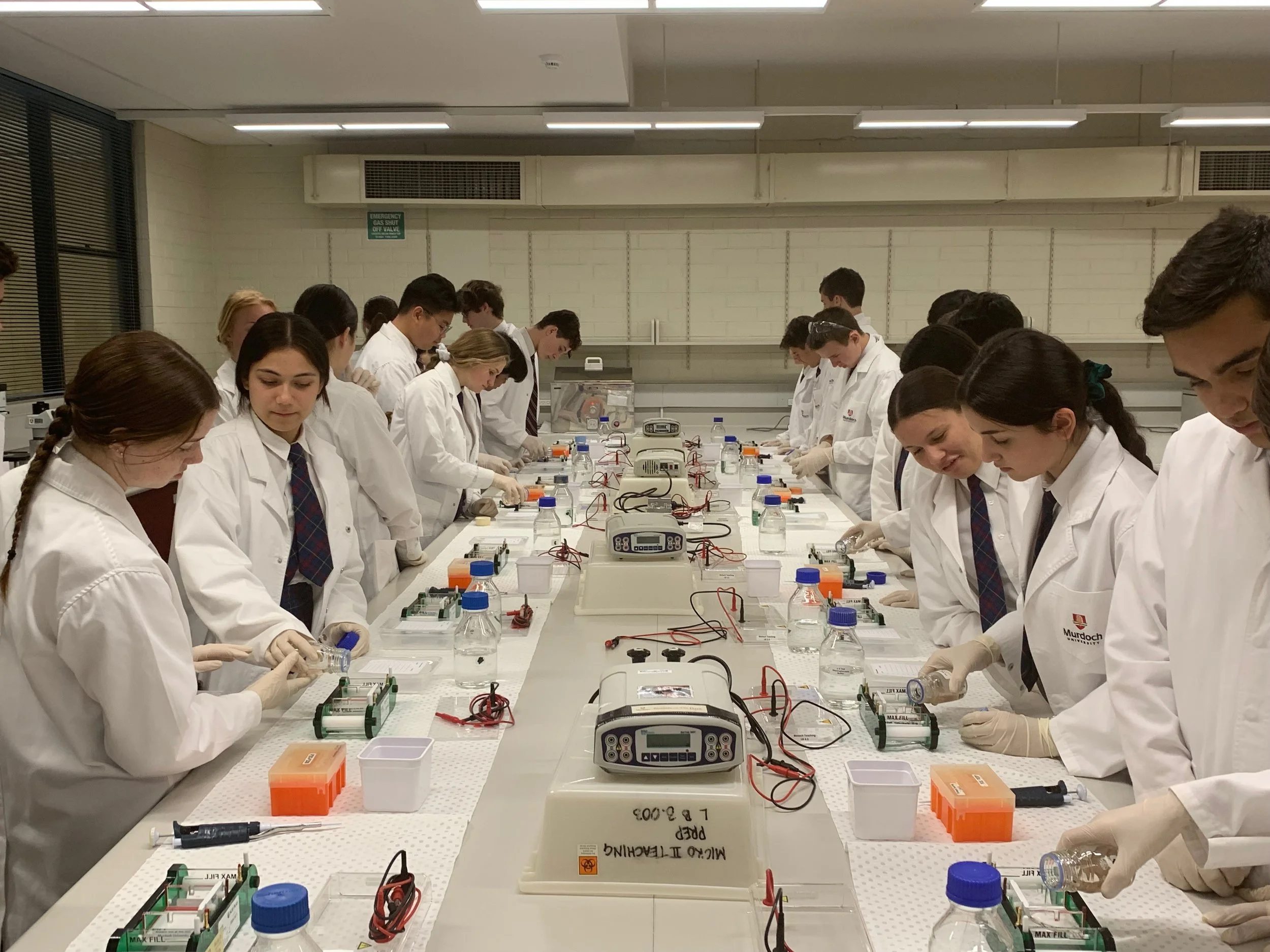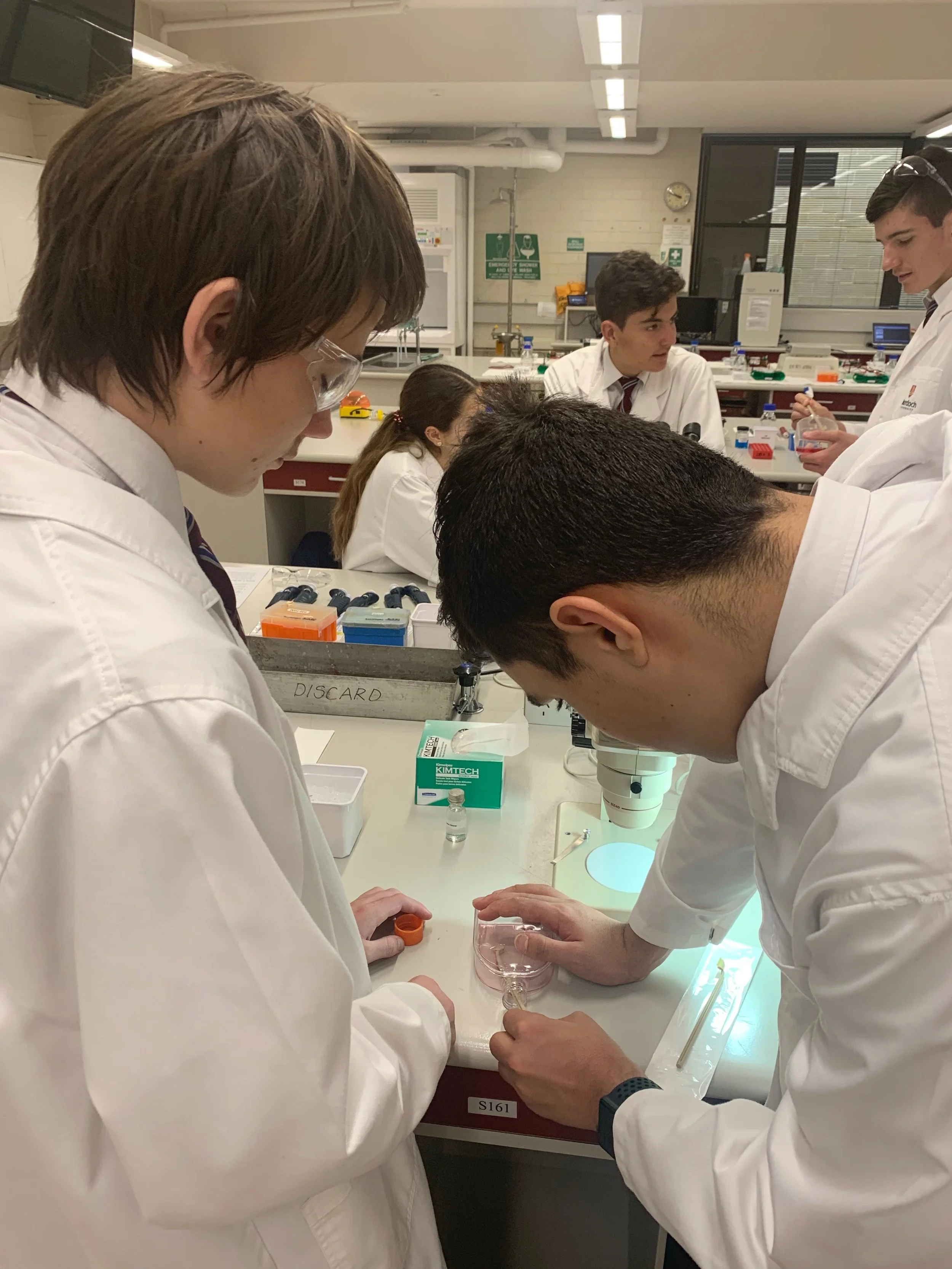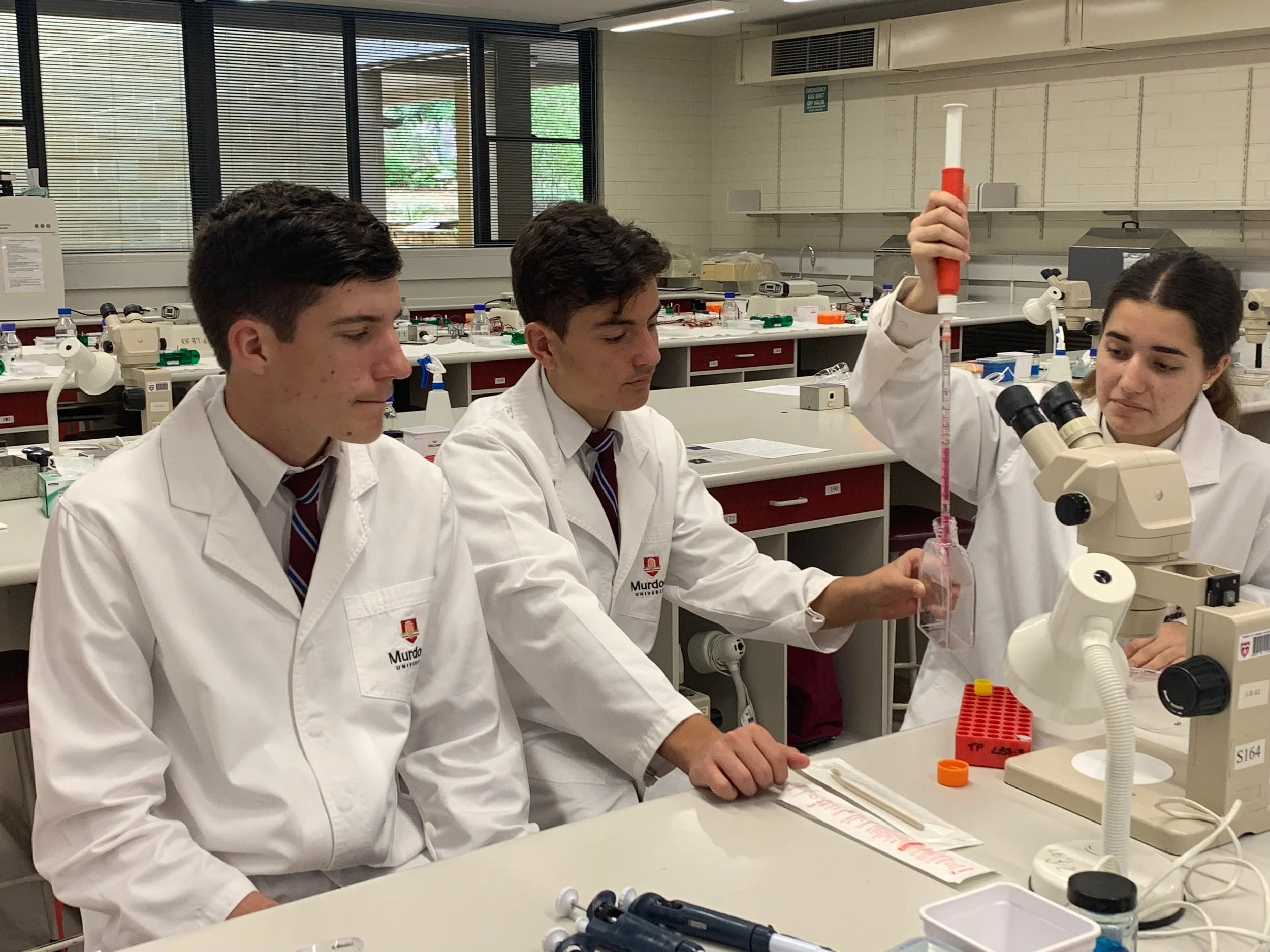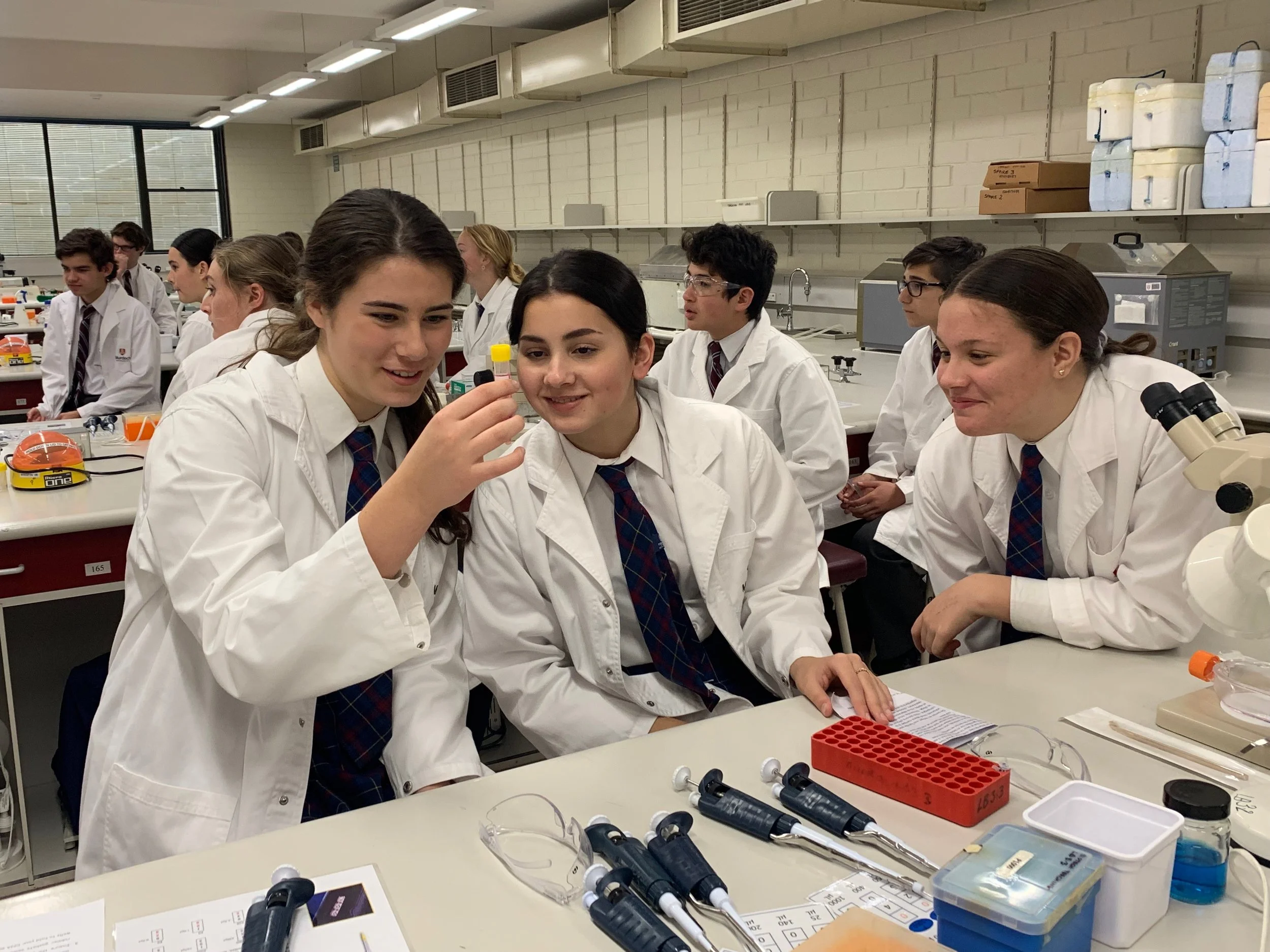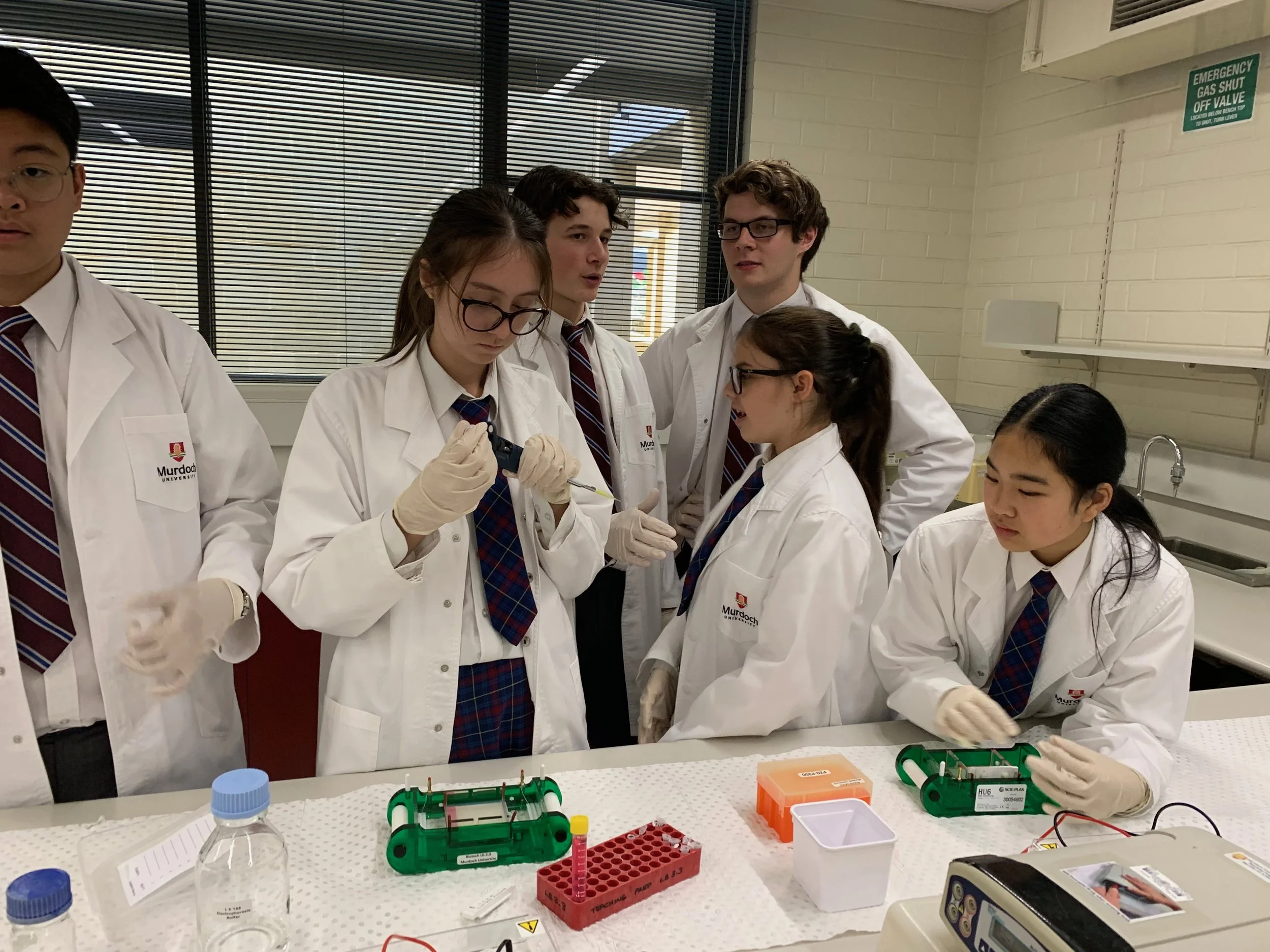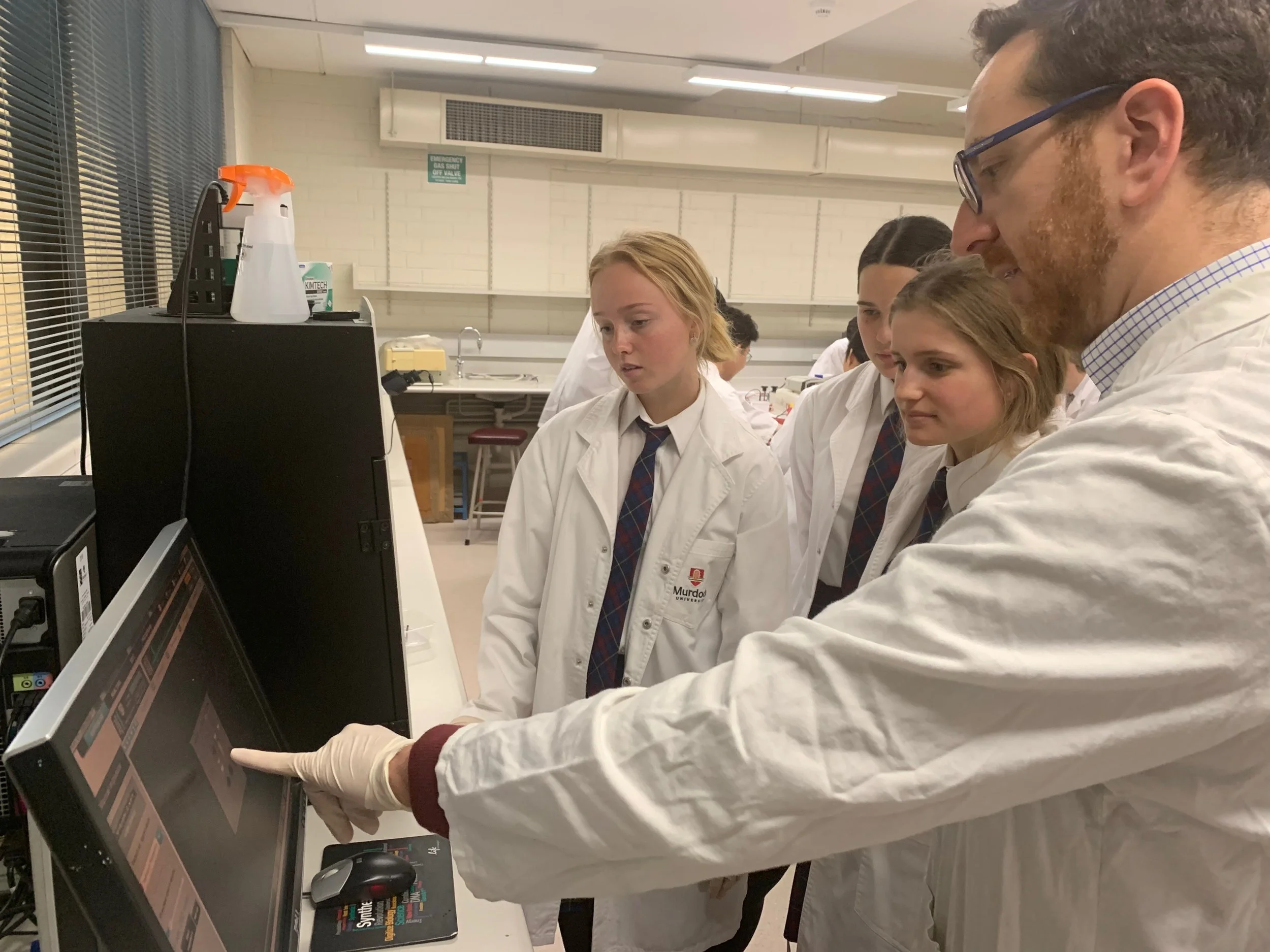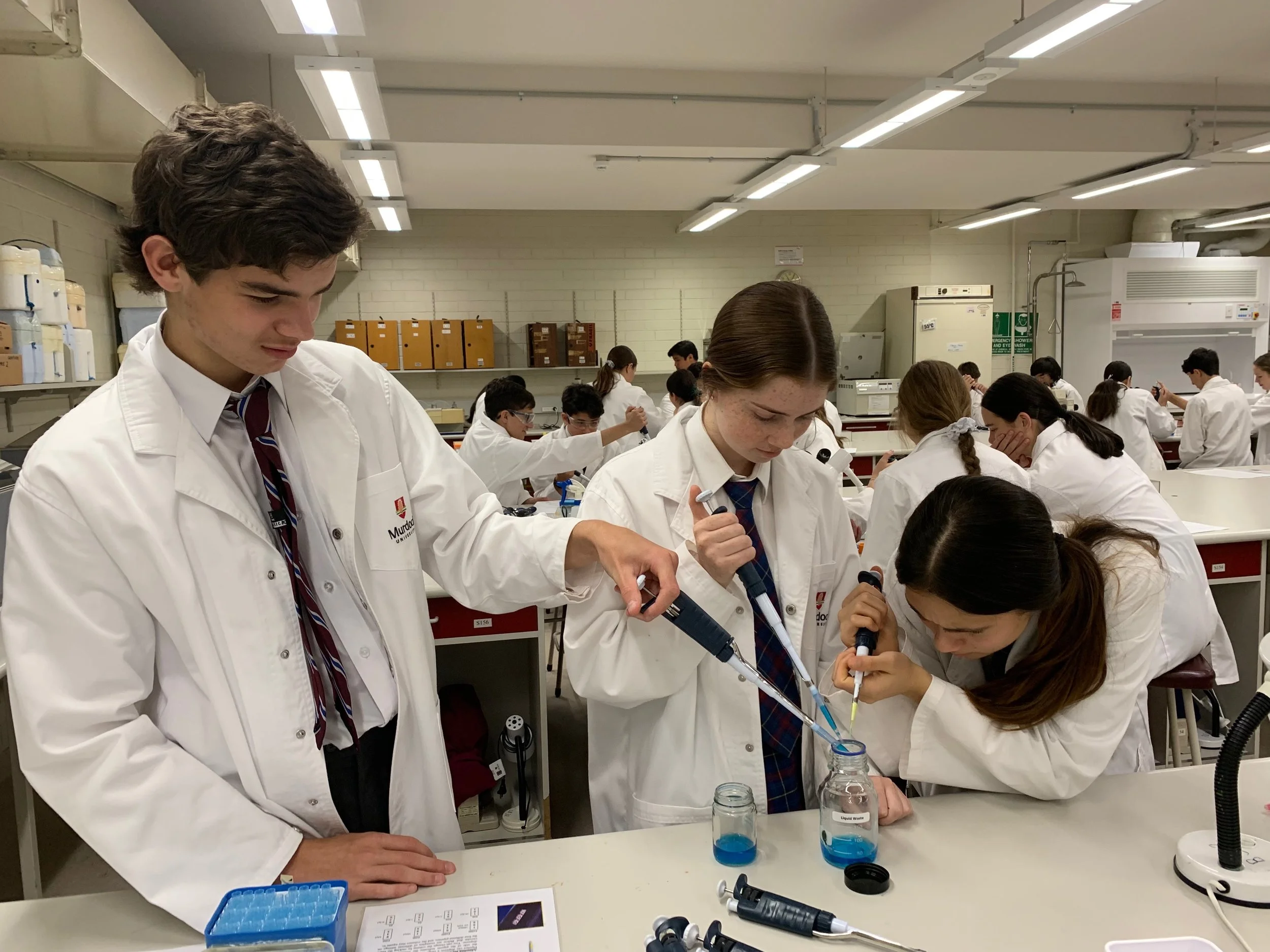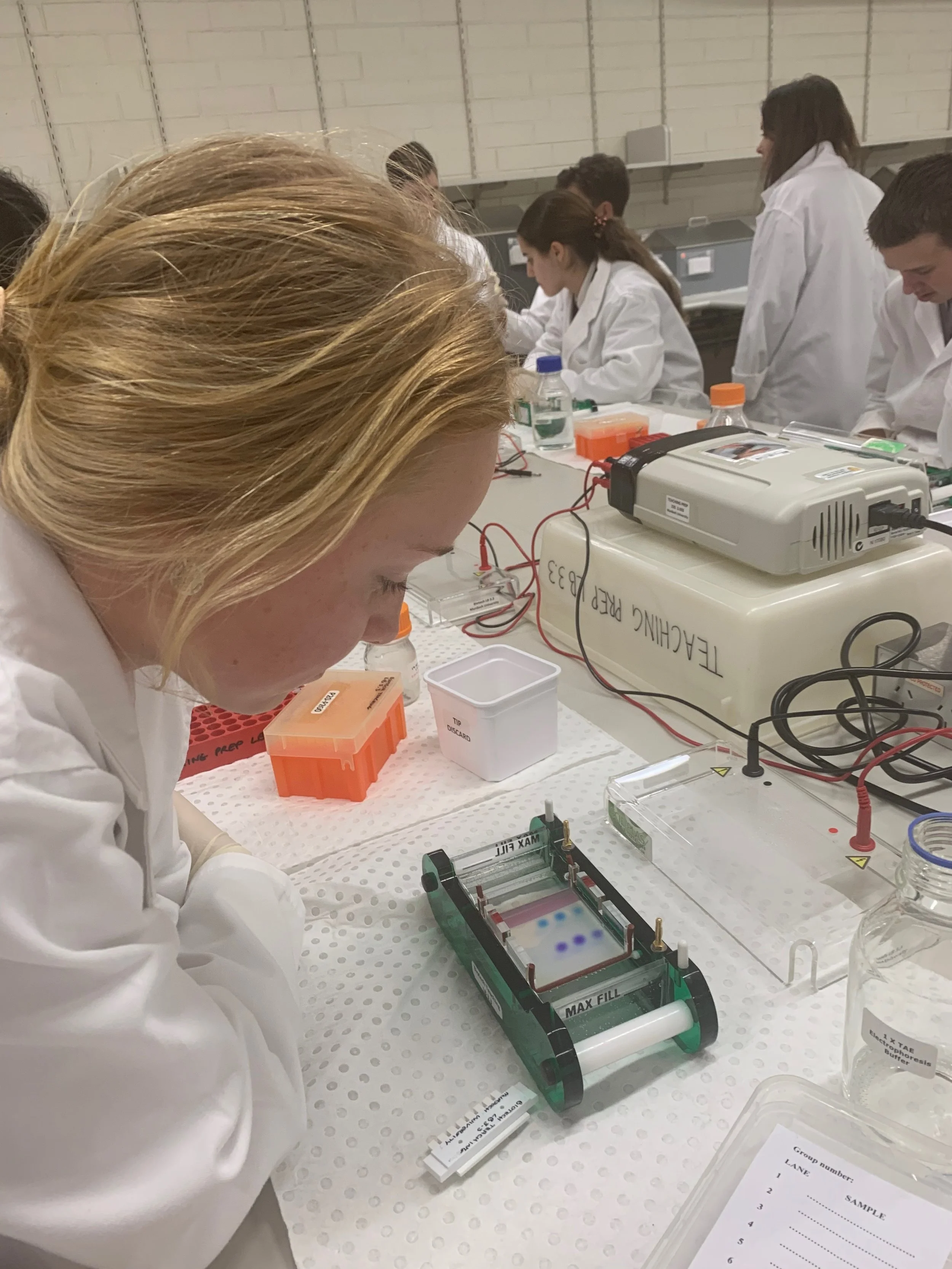Biotechnology and Conscience – Year 10 Religious Education
During weeks 9 and 10, the Year 10 Religious Education students have had the opportunity to reflect upon the reality of moral decision making in the field of biotechnology.
To begin this experience, students extended their classroom learning on moral decision making in relation to a particular case study. Students experienced a joint lecture which encompassed the disciplines of science and religion. In this lecture, students learnt about Henrietta Lacks, a black African woman, whose cervical cancer cells were taken without her knowledge, or the knowledge of her family members. These cells, which have been named ‘HeLa cells’ have played a key role in the development of the polio and cervical cancer vaccines. Furthermore, they have been used for cloning and much more due to their unique characteristic of being immortal. Students have had the opportunity to align their learning about ethics, conscience and moral decision making as they considered the many ethical considerations that surrounded this issue.
To follow this experience, a group of Year 10 students spent the day at Murdoch University. These students had the opportunity to learn some laboratory skills and work with immortal cells. Additionally, they listened to scientists explaining their research and discussing the advances in science; and the implications these have on all of us. Overall the two days were extremely challenging, and sparked much curiosity from our students which was demonstrated by the array of complex questions that they asked. It was fantastic to witness the students making connections between their learning and discovering how two very different subject areas can complement one and other.
The Year 10 Religion students have really enjoyed this experience. This was evident from the comment made by Calum Milne,
“I really enjoyed the excursion because it gave me an opportunity to spend time in a lab with really cool equipment. I learnt how to harvest cells and extract DNA by using things like a centrifuge and electrical currents.”
Thank you to Mrs Carvalho and the staff at Murdoch University for giving up their time to facilitate this unique learning experience.
Marian Lavelle
Head of Religious Education

